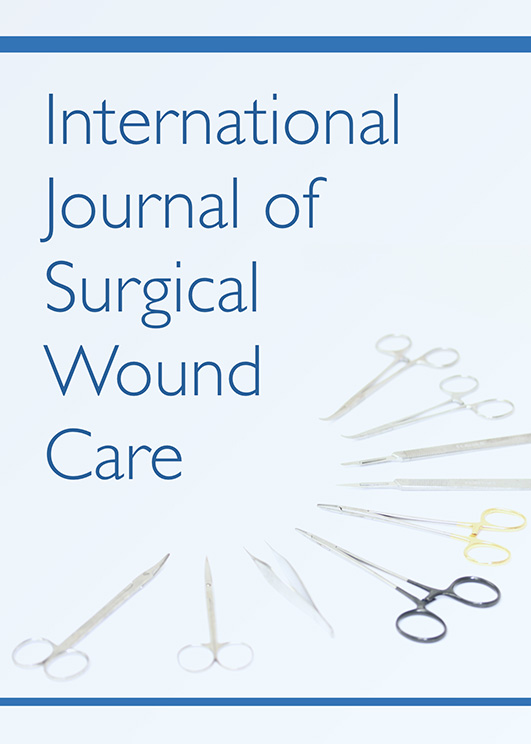Volume 2, Issue 3
Displaying 1-5 of 5 articles from this issue
- |<
- <
- 1
- >
- >|
Case Reports
-
Article type: Case Report
2021Volume 2Issue 3 Pages 59-63
Published: 2021
Released on J-STAGE: September 01, 2021
Download PDF (4663K) -
Article type: Case Report
2021Volume 2Issue 3 Pages 64-68
Published: 2021
Released on J-STAGE: September 01, 2021
Download PDF (5697K) -
Article type: Case Report
2021Volume 2Issue 3 Pages 69-72
Published: 2021
Released on J-STAGE: September 01, 2021
Download PDF (3297K) -
Article type: Case Report
2021Volume 2Issue 3 Pages 73-78
Published: 2021
Released on J-STAGE: September 01, 2021
Download PDF (4667K) -
Article type: Case Report
2021Volume 2Issue 3 Pages 79-83
Published: 2021
Released on J-STAGE: September 01, 2021
Download PDF (3090K)
- |<
- <
- 1
- >
- >|
